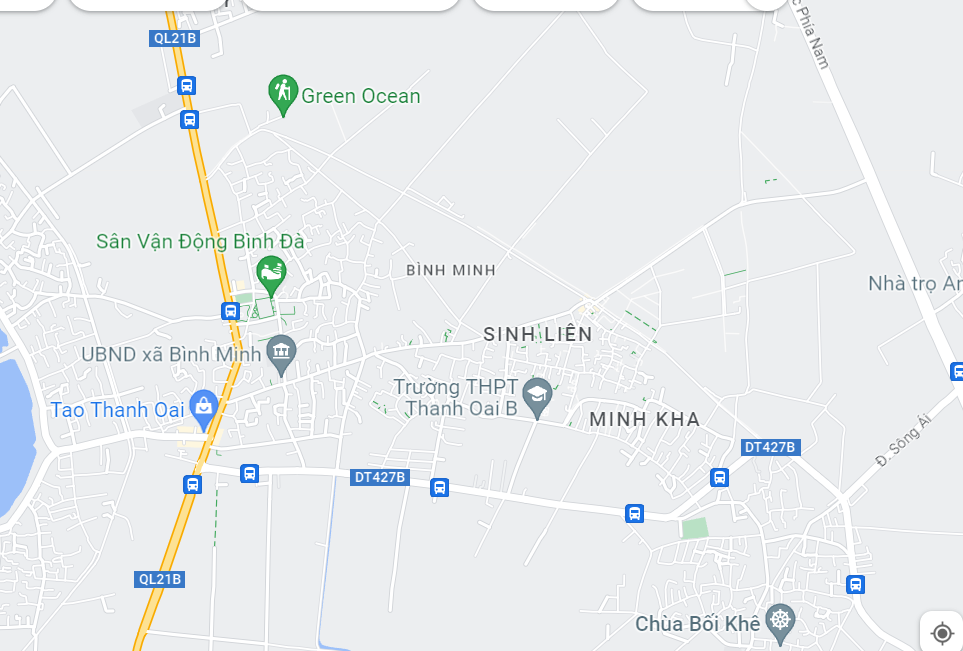Administrative expenses are non-manufacturing costs that include the costs of top administrative functions and various staff departments such as accounting, data processing, and personnel. Executive salaries, clerical salaries, office expenses, office rent, donations, research and development costs, and legal costs are administrative costs. The US GAAP requires that all selling and administrative expenses be treated as period costs. Example of period costs includes marketing costs, office rent, and indirect labor. This video explains the concept of period costs in managerial and cost accounting.
Rental Property Management
Administrative costs may include expenditures for a company’s accounting department, human resources department, and the president’s office. Direct labor costs include the labor costs of all employees actually working on materials to convert them into finished goods. As with direct material costs, direct labor costs of a product include only those labor costs distinctly traceable to, or readily identifiable with, the finished product. Therefore, period costs are listed as an expense in the accounting period in which they occurred. For a retailer, the product costs would include the supplies purchased from a supplier and any other costs involved in bringing their goods to market.
Are period costs the same as operating costs?
- Direct materials are those materials used only in making the product and there is a clear, easily traceable connection between the material and the product.
- The wages paid to a construction worker, a pizza delivery driver, and an assembler in an electronics company are examples of direct labor.
- Period Costs directly affect a company’s profitability by reducing net income on the income statement.
Because prime cost only considers direct costs, it does not capture the total cost of production. As a result, the prime cost calculation can be misleading if indirect costs are relatively large. These other expenses are considered manufacturing overhead expenses and are included in the calculation of the conversion cost. These are costs that are necessary for running the business, but they’re not directly related to the production of goods.
Marketing Expenses
The cash may actually be spent on an item that will be incurred later, like insurance. It is important to understand through the accrual method of accounting, that expenses and income should be recognized when incurred, not necessarily when they are paid or cash received. Looking at these expenses the utilities for the manufacturing facility and the production worker’s wages are both product costs because these are manufacturing overhead costs and direct labor costs. Product costs include direct labor — such as the work of an assembly worker — along with the materials directly used to create a product, and manufacturing overhead costs. Product costs are recorded in an inventory account and weighed against the revenue of sales to provide an estimate of profits from the sales. Examples of product costs include the cost of raw materials, direct labor, and overhead.
Period costs: Product vs Period Costs Accounting for Managers
A different industry with more manufacturing requirements may require a more complicated calculation. Monitoring and managing Period Costs helps businesses identify inefficiencies and control expenses to achieve cost reduction objectives. By accurately forecasting Period Costs, businesses can develop realistic budgets and allocate resources effectively. Straight-line depreciation, declining balance depreciation, and units of production depreciation are common methods used to calculate depreciation expense. Examples of assets subject to depreciation include Property, Plant, and Equipment (PP&E), such as buildings, machinery, equipment, vehicles, and furniture used in business operations.
These bases may include factors such as labor hours, machine hours, square footage, or production volume. Variable costs can be further broken down into direct materials and direct labor costs. Direct materials include costs such as raw materials and supplies, while direct labor costs refer to the wages paid to employees who work directly on a product.
Rental period
- Period costs are the costs that cannot be directly linked to the production of end-products.
- This means they’re accounted for immediately, without being tied to the cost of goods sold.
- The beginning inventory for the year is the inventory left over from the previous year—that is, the merchandise that was not sold in the previous year.
- These costs are expensed immediately on the income statement rather than being included in the costs of goods sold.
- As with direct material costs, direct labor costs of a product include only those labor costs distinctly traceable to, or readily identifiable with, the finished product.
Instead, reach out for legal assistance as soon as possible to discuss your options. Month-to-month leases offer tenants the benefit of flexibility, allowing them to relocate without the constraints of a long-term lease. For landlords, these leases can provide the advantage of adjusting the rental cost more frequently. However, this flexibility can also mean less security for both parties, as the tenancy can be terminated with relatively short notice. A rental agreement is a contract that outlines the terms under which a tenant agrees to rent a property from a landlord. While often used interchangeably with the term lease, a rental agreement can also imply a month-to-month agreement, depending on the context and local law.
The rent expense is recorded on the income statement each month, regardless of how many units are produced. The rental period is a key term in the domain of property leasing, encapsulating the duration of tenancy and the conditions under which a property is rented. Understanding the nuances of rental agreements, from the lease period to the rental amount, is essential for a harmonious landlord-tenant relationship. Period costs are typically located on the income statement for the accounting period in which they are incurred. Prepaid expenses are reported on the income statement for the accounting period in which they are used or for when they expire. Period costs can be separated by category on the income statement to help understand what the costs are and how much is spent on each.
If a notice is not in writing or delivered on time, a tenant should consult a lawyer about their rights. Lease agreements are governed by local and state laws, which can vary significantly. These laws cover everything from the minimum notice period required to terminate a lease to the maximum amount a landlord can raise rent. It’s crucial for both landlords and tenants to understand the legal implications of their lease terms. The notice period is a critical aspect of rental agreements, is rent a period cost especially in month-to-month tenancies.




